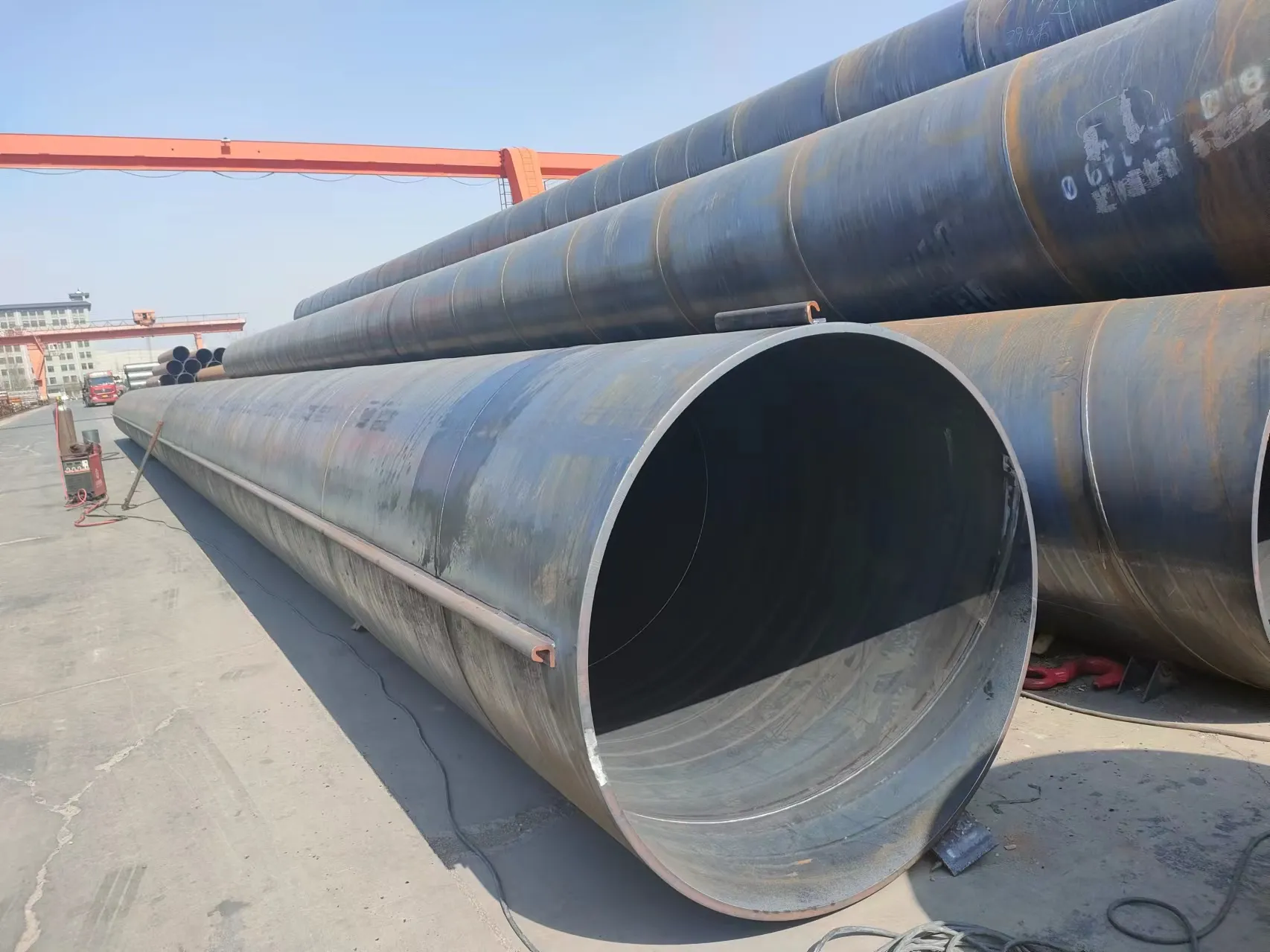-
Cangzhou Yulong Steel Co., Ltd.
-
Phone:
+86 13303177267 -
Email:
admin@ylsteelfittings.com
- English
- Arabic
- Italian
- Spanish
- Portuguese
- German
- kazakh
- Persian
- Greek
- French
- Russian
- Polish
- Thai
- Indonesian
- Vietnamese
- Zulu
- Korean
- Uzbek
- Hindi
- Serbian
- Malay
- Ukrainian
- Gujarati
- Haitian Creole
- hausa
- hawaiian
- Hebrew
- Miao
- Hungarian
- Icelandic
- igbo
- irish
- Japanese
- Javanese
- Kannada
- Khmer
- Rwandese
- Afrikaans
- Albanian
- Amharic
- Armenian
- Azerbaijani
- Basque
- Belarusian
- Bengali
- Bosnian
- Bulgarian
- Catalan
- Cebuano
- China
- China (Taiwan)
- Corsican
- Croatian
- Czech
- Danish
- Esperanto
- Estonian
- Finnish
- Frisian
- Galician
- Georgian
- Kurdish
- Kyrgyz
- Lao
- Latin
- Latvian
- Lithuanian
- Luxembourgish
- Macedonian
- Malgashi
- Malayalam
- Maltese
- Maori
- Marathi
- Mongolian
- Myanmar
- Nepali
- Norwegian
- Norwegian
- Occitan
- Pashto
- Dutch
- Punjabi
- Romanian
- Samoan
- Scottish Gaelic
- Sesotho
- Shona
- Sindhi
- Sinhala
- Slovak
- Slovenian
- Somali
- Sundanese
- Swahili
- Swedish
- Tagalog
- Tajik
- Tamil
- Tatar
- Telugu
- Turkish
- Turkmen
- Urdu
- Uighur
- Welsh
- Bantu
- Yiddish
- Yoruba

Nov . 02, 2024 03:36 Back to list
en 1092 1 type 02
Understanding the EN 1092-1 Standard A Comprehensive Overview
The EN 1092-1 standard is a critical reference document within the realm of industrial piping systems, specifically focusing on flanges. As a part of the European Standard (EN) series, EN 1092-1 defines the specifications and requirements for circular flanges for pipes, valves, fittings, and other equipment that are integral to various industrial applications. This article aims to elucidate the key aspects of the EN 1092-1 standard and its significance in ensuring safety, reliability, and efficiency in fluid and gas transportation systems.
1. The Importance of Flanges
Flanges serve as critical components in piping systems, providing a means for connecting pipes, valves, pumps, and other equipment. They enable a secure and leak-proof connection that can withstand high pressures and temperatures. The design and manufacturing of flanges must adhere to rigorous standards to ensure safety and reliability, particularly in industries such as oil and gas, chemical processing, and water treatment.
The EN 1092-1 standard outlines various types of flanges, including their dimensions, tolerances, materials, pressure ratings, and testing methods. The classifications under this standard include type 01 (flat flange), type 02 (raised face flange), and more. Each type serves specific purposes and is designed to meet the needs of different applications.
Type 02, or the raised face flange, is particularly noteworthy due to its unique design. With a protruding surface around the bolt holes, it allows for a better seal when mated with a corresponding flat surface. This design enhances the flange's ability to accommodate different gasket types and improves the overall sealing performance, making it suitable for high-pressure applications.
en 1092 1 type 02

3. Material Considerations
One of the essential aspects of EN 1092-1 is its emphasis on material selection. Flanges can be manufactured from various materials, including carbon steel, stainless steel, and alloyed steel. The standard stipulates that materials should meet specific mechanical and chemical properties to ensure durability and resistance to environmental factors. By adhering to these material requirements, industries can mitigate risks associated with corrosion, fatigue, and pressure failure.
4. Testing and Quality Assurance
To ensure that flanges meet the stipulated standards, EN 1092-1 outlines various testing methods. These tests primarily focus on verifying the flanges' mechanical properties, dimensions, and surface quality. Non-destructive testing (NDT) methods such as ultrasonic testing, radiographic testing, and pressure testing are often employed to assess the integrity and reliability of the flanges before they are installed in a piping system.
5. Conclusion
The EN 1092-1 standard plays an indispensable role in the manufacturing and application of flanges in various industries. By establishing clear guidelines for design, materials, and testing, it ensures that flanges can withstand the challenges posed by high-pressure and high-temperature environments. As industries continue to advance and evolve, adherence to standards like EN 1092-1 will remain vital in promoting safety, efficiency, and sustainability in industrial operations. Understanding and implementing these standards can ultimately lead to more effective and reliable fluid transport systems, contributing to the overall success of many industrial applications.
Latest news
-
ANSI 150P SS304 SO FLANGE
NewsFeb.14,2025
-
ASTM A333GR6 STEEL PIPE
NewsJan.20,2025
-
ANSI B16.5 WELDING NECK FLANGE
NewsJan.15,2026
-
ANSI B16.5 SLIP-ON FLANGE
NewsApr.19,2024
-
SABS 1123 FLANGE
NewsJan.15,2025
-
DIN86044 PLATE FLANGE
NewsApr.19,2024
-
DIN2527 BLIND FLANGE
NewsApr.12,2024
-
JIS B2311 Butt-Welding Fittings LR/SR 45°/90° /180°Seamless/Weld
NewsApr.23,2024











